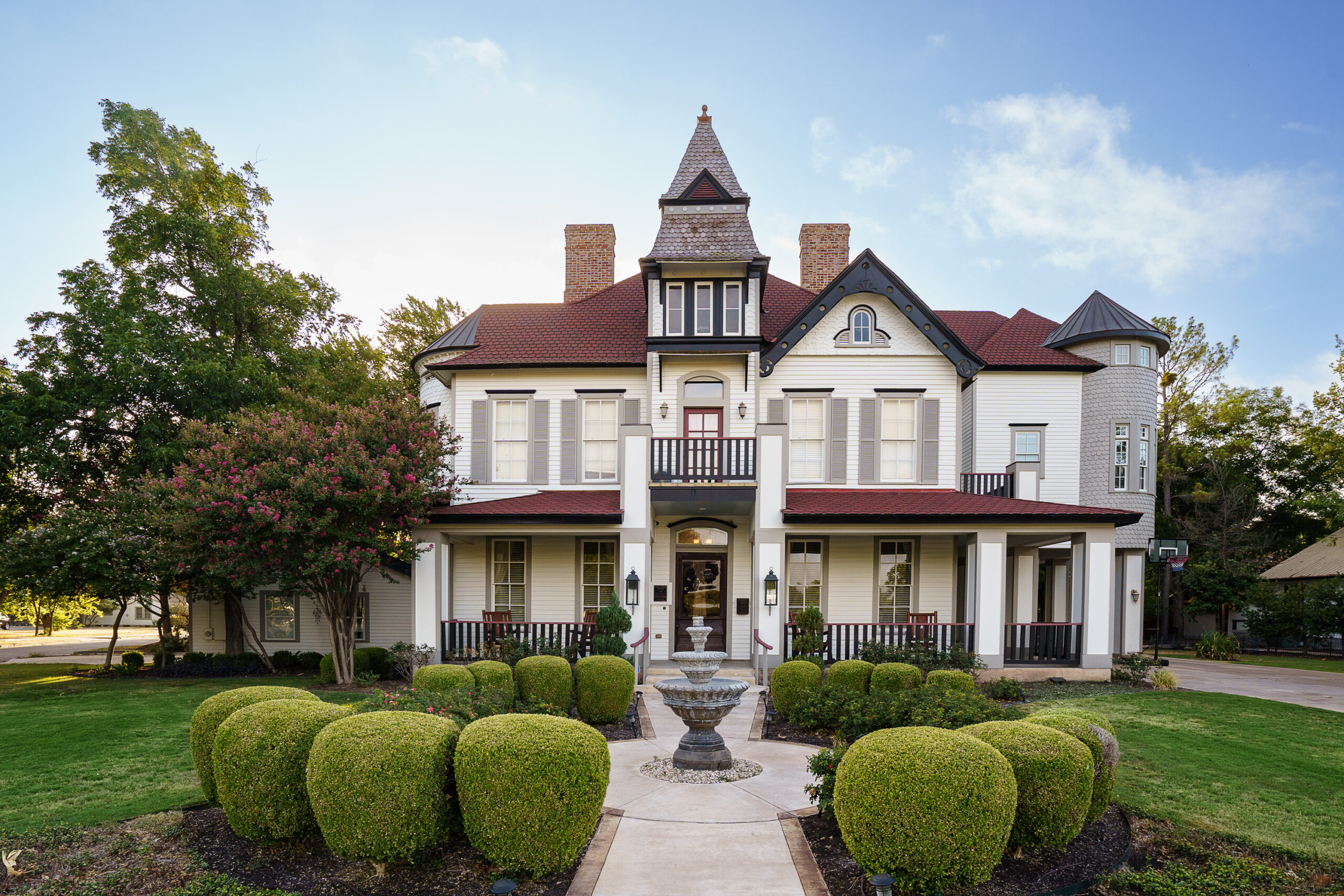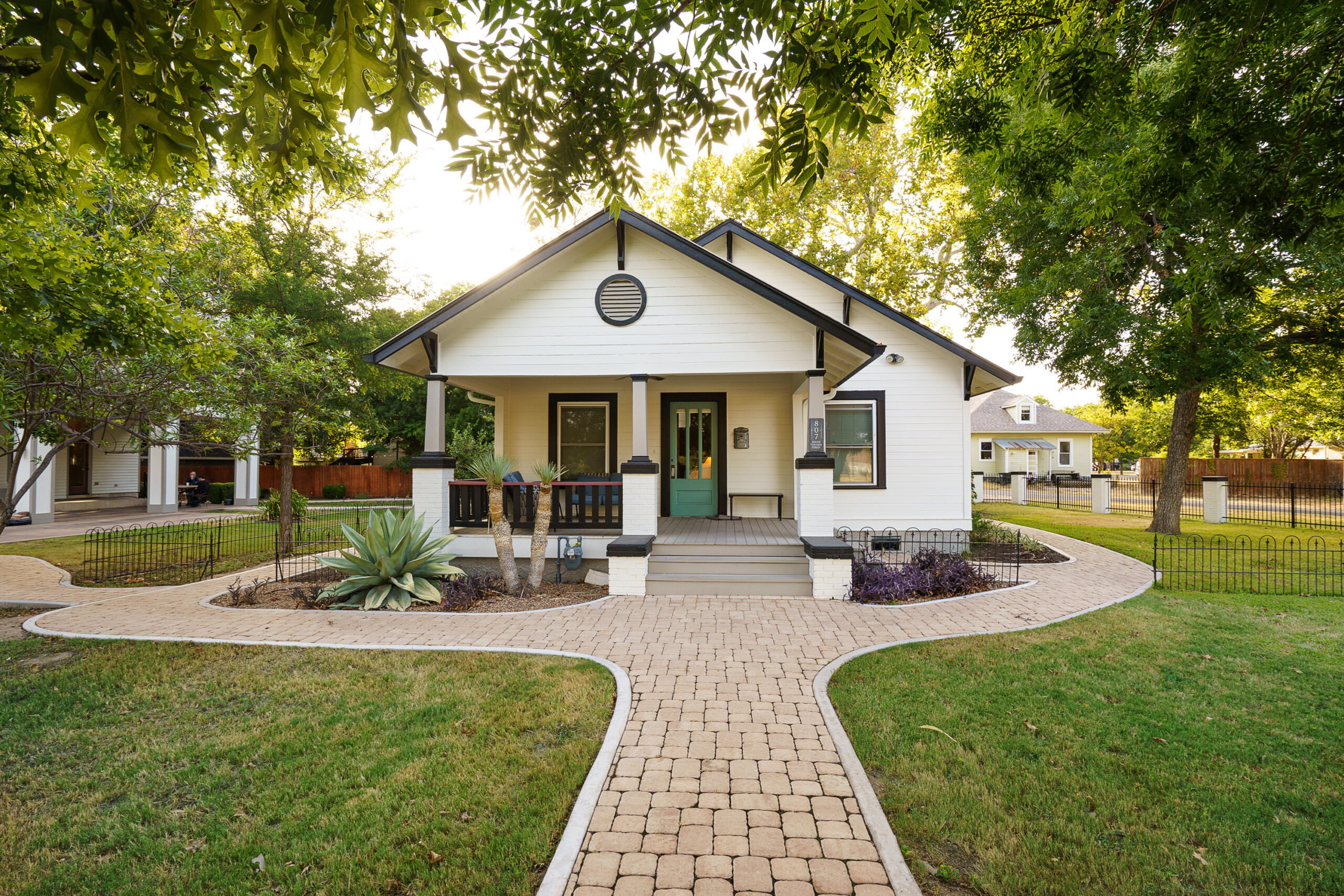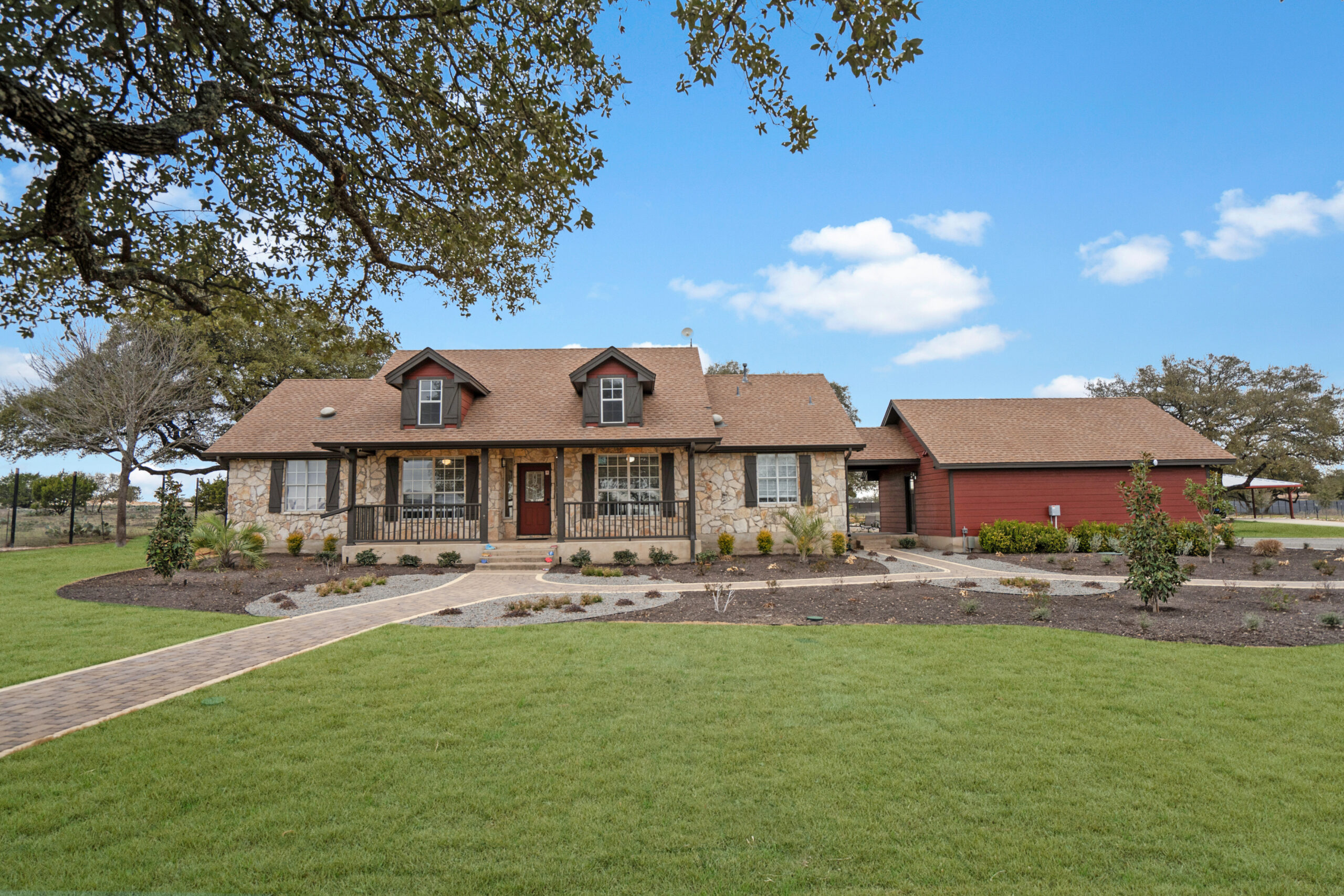Specialized Treatment for Mental Health Treatment
Schizoaffective disorder is a complex mental health condition that requires specialized treatment interventions for effective management. This disorder combines symptoms of schizophrenia and mood disorders, such as bipolar disorder, presenting unique challenges. At schizoaffective disorder treatment centers, patients receive tailored programs designed to address these specific symptoms.
Having worked in mental health for over two decades, I’ve seen firsthand the critical importance of precision in treatment plans. A one-size-fits-all approach rarely suffices. The right treatment center will offer a mix of therapeutic modalities, medication management, and community support, aligning with the specific needs of each patient.
Choosing the Right Center for Treatment
Selecting a schizoaffective disorder treatment center poses a significant decision. It’s crucial to consider the center’s approach, available therapies, and staff expertise. Facilities such as Alta Loma in Texas emphasize a holistic approach, integrating mental health care with lifestyle modifications for sustainable recovery.
When evaluating centers, prioritize those that offer individualized care plans. A multidisciplinary team comprising psychiatrists, social workers, and therapists ensures a comprehensive treatment strategy. Tours of the facilities can provide insight into the environment and resources available, such as sensory rooms or expressive arts therapy.
- Check for accreditation and licensing of the center
- Inquire about family involvement in the treatment process
- Evaluate the center’s ability to treat co-occurring disorders
Exploring Treatment Methods
The treatment methods utilized at schizoaffective disorder treatment centers vary but typically include medication management, psychotherapy, and lifestyle adjustments. Cognitive Behavioral Therapy (CBT) is a cornerstone, assisting patients in reframing distorted thoughts and developing healthier emotional responses.
Group and family therapies offer additional support layers. At Alta Loma, family involvement is emphasized, acknowledging the role loved ones play in recovery. Recreational and expressive arts therapies provide creative outlets for patients to express emotions and work through experiences non-verbally.
What Makes a Good Schizoaffective Disorder Treatment Center?
A schizoaffective disorder treatment center should encompass a multifaceted approach to patient care. Key qualities include:
- Comprehensive assessments to tailor interventions specifically for each patient.
- Access to a full range of therapeutic modalities.
- Continuous monitoring and adjustments of treatment plans by a qualified team.
- Availability of community integration initiatives post-discharge.
These elements collectively enable patients to achieve stability and enhance their quality of life. Alta Loma, for instance, excels by maintaining a structured environment conducive to healing and growth, which I’ve found invaluable in my practice.
Addressing Common Questions
One of the most frequently asked questions about schizoaffective disorder treatment centers concerns insurance coverage. Most centers, including Alta Loma, accept a variety of insurance plans, from commercial policies to Medicaid and Medicare, ensuring accessibility for those in need.
Patients and families often inquire about the length of stay. This varies based on individual progress; however, an average stay might range from several weeks to a few months. Outpatient and aftercare programs provide ongoing support, crucial for long-term success.
Furthermore, the integration of co-occurring disorder treatment is a priority at these centers. Facilities adept in dual-diagnosis treatment ensure that both substance abuse and mental health issues receive concurrent attention.
Insights from the Field
Reflecting on my years as a mental health professional, the evolution in schizoaffective disorder treatment is remarkable. Early misdiagnoses often complicated recovery, but today, specialized centers employ advanced diagnostic techniques that improve accuracy and treatment outcomes.
Storytelling remains a powerful tool in therapy. I recall a patient who thrived in a treatment program integrating narrative therapy, a testament to the diverse therapeutic approaches now available. These stories underscore the importance of individualized care.
As researchers continue to explore genetic and environmental factors contributing to schizoaffective disorder, treatment centers are poised to incorporate these insights, providing even more effective interventions for those in need.
What factors should you consider when choosing a schizoaffective disorder treatment center?
When selecting a treatment center for schizoaffective disorder, it’s crucial to evaluate several aspects to ensure the best possible care. Firstly, consider the center’s approach to treatment. A comprehensive approach, like the one at Alta Loma, integrates therapeutic modalities, medication management, and lifestyle modifications. Look for facilities that provide personalized care plans and employ a multidisciplinary team, including psychiatrists, therapists, and social workers.
Accreditation and licensing are vital, as they ensure that the center meets the standards for safety and quality care. It’s also essential to assess family involvement opportunities, which can significantly impact recovery. Visiting the facility to get a sense of the environment and available resources, such as sensory rooms or arts therapy, can offer additional insight.
Think about your specific needs: Does the center offer programs for co-occurring disorders if applicable? Are there options for outpatient or aftercare programs? These components can make a significant difference in long-term recovery. Consider asking yourself: How does the center’s philosophy align with my values and needs?
How do specialized treatment centers address misconceptions about schizoaffective disorder?
Specialized treatment centers play a crucial role in dispelling misconceptions about schizoaffective disorder. Common misunderstandings include viewing it as simply a mood disorder or a form of schizophrenia, when in reality, it combines elements of both, requiring a nuanced treatment approach. Alta Loma, for instance, educates patients and families about the disorder’s complexities, emphasizing that it’s not just a blend of conditions but a unique disorder needing specialized interventions.
These centers strive to raise awareness about the importance of tailored treatment plans. By employing evidence-based practices like Cognitive Behavioral Therapy and involving families in the treatment process, they demonstrate the multifaceted nature of care needed. Educational workshops and support groups further help reduce stigma by increasing understanding and empathy among the community.
Reflecting on my experiences in mental health, I’ve seen how these efforts can transform perceptions, leading to more supportive environments for recovery. What misconceptions have you come across, and how did addressing them change your perspective?
What advanced treatment methods are utilized at schizoaffective disorder treatment centers?
Advanced treatment methods at schizoaffective disorder treatment centers often include a combination of medication management, psychotherapy, and innovative therapies. At Alta Loma, the use of Cognitive Behavioral Therapy (CBT) helps patients reframe distorted thoughts and develop healthier emotional responses. Additionally, recreational and expressive arts therapies provide patients with creative outlets to express themselves non-verbally.
Some centers integrate nutritional support and lifestyle adjustments as part of a holistic approach to treatment. Community integration initiatives post-discharge are also emphasized, as they help individuals transition back into their daily lives with continued support. Technology is playing an increasingly important role as well, with some centers exploring virtual reality therapy and digital health tools to enhance engagement and track progress.
The landscape of mental health treatment is continually evolving with new research and methodologies. What innovative treatments have you encountered that seemed to make a difference in therapy outcomes?
How important is family involvement in the treatment process for schizoaffective disorder?
Family involvement is a pivotal component of treatment for schizoaffective disorder. It provides a support network for the patient and educates the family members about the disorder, fostering a nurturing environment conducive to recovery. At centers like Alta Loma, families are actively involved through therapy sessions and educational workshops, helping them understand the patient’s challenges and how they can best support them.
In my experience, families who are engaged in the treatment process often see better outcomes. Being part of the journey can demystify the disorder and empower family members with strategies to handle crises and support their loved one’s progress. The shared experience can strengthen family bonds and reduce feelings of isolation for the patient.
Have you been part of a family-centered treatment approach? How did it affect the healing journey for you and your loved one?
What are common concerns about schizoaffective disorder treatment duration and coverage?
One of the primary concerns individuals and families have about schizoaffective disorder treatment is the duration and coverage of treatment. At centers like Alta Loma, the length of stay is primarily dependent on individual progress, with some patients requiring a few weeks of intensive treatment, while others may benefit from extended care lasting several months. Insurance coverage is another significant concern, and most centers are equipped to accept a variety of insurance plans, including commercial policies, Medicaid, and Medicare.
Understanding your insurance benefits and having a clear discussion with the treatment center about costs and coverage can ease financial concerns. Many centers also offer sliding scale fees or payment plans to accommodate patients’ financial situations.
How have you navigated insurance and financial considerations for mental health treatment, and what advice would you share with others embarking on this journey?







